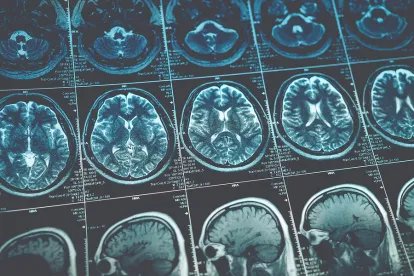On average, the 13-point Glasgow Coma Scale, otherwise known as GCS, is a routine part of the trauma triage on a worldwide level. GCS is a neurological scale created with the goal to provide a way of recording the conscious state of a person and their overall assessment. However, a recent study has found there may be simpler and more efficient methods to determine a patient’s consciousness.
A study published in the Annals of Emergency Medicine entitled “A Two-Center Validation of ‘Patient Does Not Follow Commands’ and Three Other Simplified Measures to Replace the Glasgow Coma Scale for Field Trauma Triage,” which analyzed trauma center registries in California and Colorado and ranged from 2003 to 2015. Nearly 50,000 trauma patients were analyzed.
First published in 1974, GCS was originally created to assess the level of consciousness after a brain injury, but the scale gained popularity and is now utilized by first responders, doctors, and hospitals worldwide. GCS scores are used to determine the severity of a patient’s brain injury by testing the individual’s response across three categories: eye, verbal, and motor, with 3 as the lowest possible score indicating deep coma and 15 as the highest indicating full consciousness.
Even though GCS has become the de rigueur scale to determine a patient’s degree of neurological trauma, it’s often regarded as a complicated and lengthy process. The study wanted to find a condensed version of the GCS which would provide an accurate assessment while also simplifying the emergency care provider training. The study found that patients with a motor GCS score of less than 6, or “patient does not follow commands,” was essentially identical to a total GCS score of less than or equal to 13.
This means there is evidence that the GCS can be simplified to a binary “patient does not follow commands” assessment and still hold true as an accurate guideline. Moving away from the GCS method would be significant but may make it easier for doctors and EMTs.



 />i
/>i

